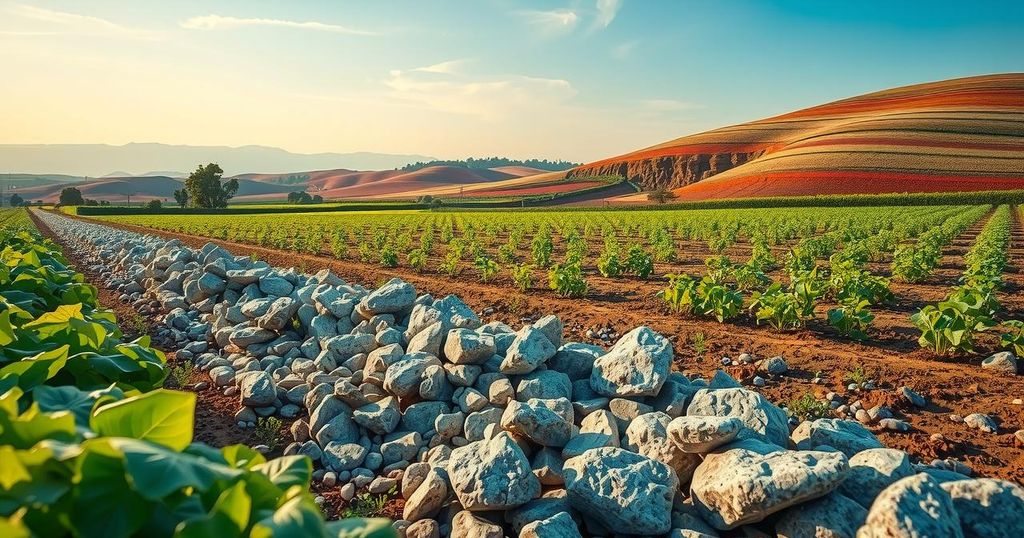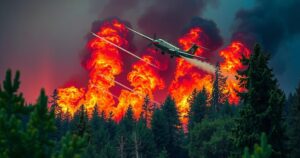Rock on: How Crushed Stone Could Help Fight Climate Change

- Crushed rock application spans across global farmland to combat climate change.
- Enhanced Rock Weathering aims to speed up natural carbon capture processes.
- Cadre of tech giants and fashion firms looking to buy carbon credits from ERW projects.
Innovative Technique to Combat Climate Change
From Brazilian sugar plantations to tea estates in India, crushed rock is spreading across farmland worldwide, illustrating a remarkable approach to battling climate change. This innovative practice known as Enhanced Rock Weathering (ERW) aims to enhance the natural ability of soil to capture and store carbon dioxide, one of the infamous greenhouse gases responsible for global warming. With big players in technology, airlines, and fast fashion lining up to purchase carbon credits from these ERW projects, the potential economic implications of this technique are enormous.
Understanding Enhanced Rock Weathering Methodology
So, what exactly is ERW? Well, at its core, it seeks to accelerate the geological process we know as weathering. Normally, weathering occurs when rainwater, infused with carbon dioxide from the atmosphere, reacts with rocks, breaking them down into compounds like bicarbonate which can securely store carbon. Enhanced Rock Weathering speeds this up utilizing finely ground, fast-reacting rocks such as basalt, increasing their surface area and effectiveness in this natural carbon capture process.
Challenges and Misconceptions Surrounding ERW
That being said, ERW is still relatively new, and there are ongoing debates about its effectiveness in actually reducing carbon levels. For instance, a study in the United States indicated that applying 50 tonnes of basalt to one hectare of land could sequester about 10.5 tonnes of carbon dioxide over four years. But results vary significantly based on conditions – recent trials in Malaysia and Australia have suggested much lower removal rates. Variables such as rock type, soil conditions, moisture levels, and land management practices all play crucial roles here. Despite the hurdles, researchers like Paul Nelson assert that while measuring captured carbon can be challenging, there is undeniable value in ERW, provided that continued funding and study are directed toward refining the approach.
In conclusion, Enhanced Rock Weathering presents a potentially significant avenue for capturing carbon dioxide, despite its emerging status and the challenges tied to measurement and effectiveness. There are also some added ecological benefits to utilizing crushed rock that justify the exploration of this technique, even if uncertainties linger about its efficiency. With both funding and research focused on advancing ERW, the fight against climate change may find a noteworthy ally in this novel methodology.







